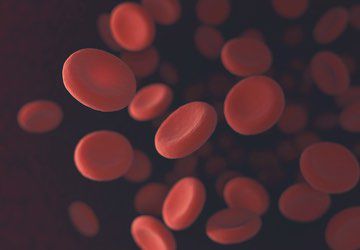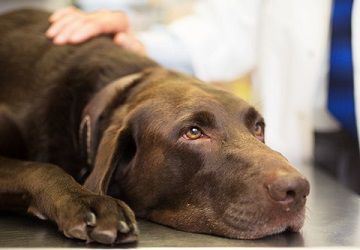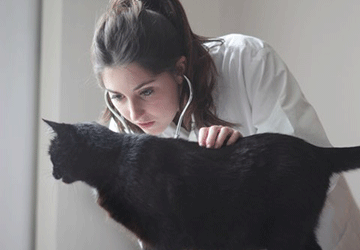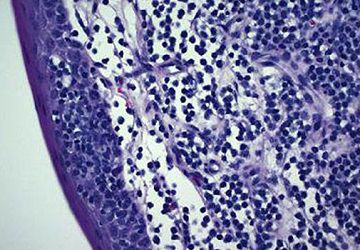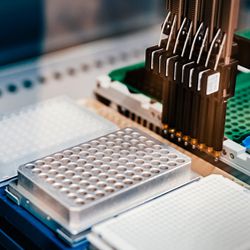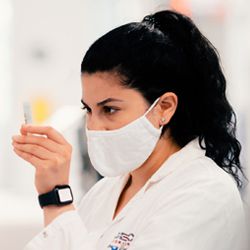IDEXX Reference Laboratories
DISCOVER MORE
Complete and advanced menu of diagnostic tests
Already an IDEXX Reference Laboratories customer? Get forms and support.
Order from IDEXX Reference Laboratories
- Order supplies online now.
- Call us to order in-house tests and supplies: +27 10 500 2080
- E-mail to order in-house tests and supplies: orders-sa@idexx.com
Request an IDEXX Reference Laboratories account.
A representative will help you every step of the way.
*For canine and feline patients, reticulocyte count (RETIC) and reticulocyte hemoglobin (RETICHGB) parameters are included on all CBC reports provided by IDEXX Reference Laboratories and the ProCyte Dx Hematology Analyzer.
Reference
- Rehm M. Seeing double. Vet Econ. 2007;48(10):40–48.

